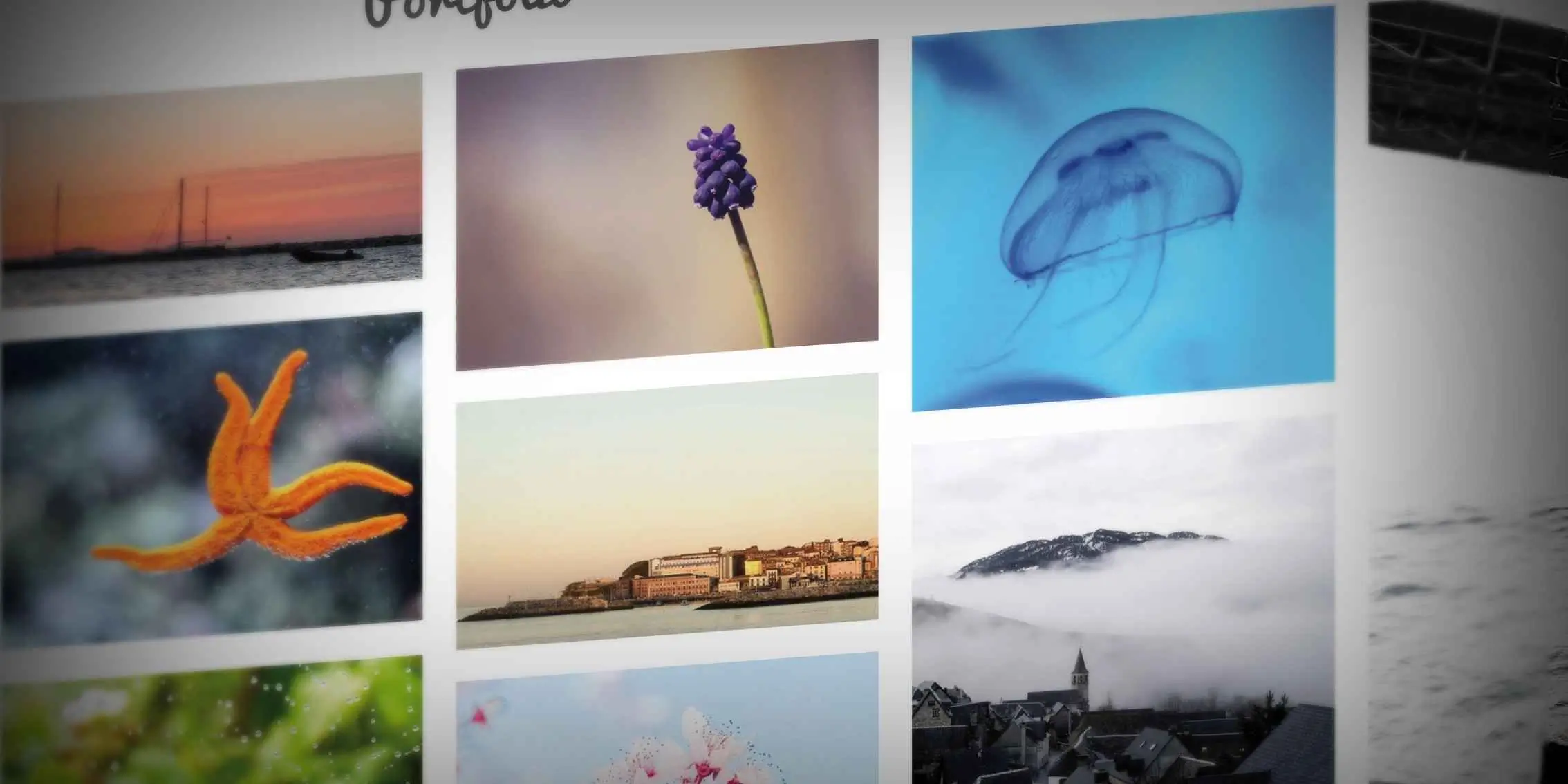A common hurdle for early career curators is gaining the experience and projects needed for a compelling portfolio. At The Art Institute, our online courses and guidance from world-class tutors give you the structured pathways and practical experience you need.
Ask anyone in the creative industries, and they'll tell you that a great portfolio is key to landing your dream job. But for aspiring curators, what to include and how to build it isn't always clear. Your curatorial portfolio isn't just projects, it's a personal branding tool and a chance to show your vision, expertise, and professionalism. Think of this article as your curatorial career guide, offering clear, step-by-step tips to craft a compelling curatorial portfolio.
In short…

Your curatorial skills and portfolio are more than just a collection of past projects. It's a tool that can shape your professional future. Here are the opportunities it can offer.
So, you're ready to build a portfolio that truly stands out? Let's dive into the core components you'll need to showcase your curatorial expertise.
Your personal statement is your portfolio's essential introduction, outlining your unique approach to curation. Here’s how we recommend articulating your philosophy
We recommend keeping this section concise. Most successful personal statements typically range from 300 to 500 words or fit neatly onto a single page.

This section is where your curatorial experience can shine, offering concrete examples of your work. Select your best curatorial projects, whether they're past exhibitions, research papers, or collaborations. For each, include visual examples, project descriptions, and crucially, what you learned and achieved, demonstrating your growth and capabilities.
Your ability to articulate ideas is fundamental to curatorial work, and strong writing samples are essential to demonstrate this. Here are the kinds of writing you should consider including.
This section is your opportunity to demonstrate the specific curatorial skills you offer, and how they translate into successful exhibitions. Don't just list your abilities; clearly connect them to the projects highlighted in your portfolio.
Visuals are an essential part of your curatorial portfolio, offering a window into your past projects and their impact. Present high-quality images of artworks, exhibitions, and events clearly and professionally, ensuring they enhance your narrative without overshadowing it. Remember, your visuals should perfectly complement your descriptions, providing compelling evidence of your curatorial vision and execution.
Including brief quotes or letters of recommendation from tutors, colleagues, or mentors can really boost your portfolio's credibility. These testimonials offer third-party validation of your skills and work ethic, giving potential employers confidence in your abilities. If you don't have any yet, don't hesitate to reach out to past collaborators or institutions; they're often happy to support your career growth.
How you present your gallery or museum curator portfolio is essential to its impact. A well-designed layout not only highlights your work but also demonstrates your professionalism.
To create a truly compelling curatorial portfolio, tailoring it to each specific opportunity is essential. Avoid a generic collection; instead, adjust your content to resonate with the particular role or institution. For example, a contemporary art museum portfolio would highlight innovative concepts, while a historical art gallery would showcase research and collection management. Always research the employer's interests to select and frame projects that directly reflect their needs, significantly boosting your chances of standing out.

Building a curatorial portfolio, alongside all the projects and publications you need takes significant time and effort, especially when you're going it alone. At The Art Institute, our Diploma of Art Appreciation offers the structured support and the opportunities you need to develop a standout portfolio.

As Hans Ulrich Obrist puts it, “The task of curating is to make junctions, to allow different elements to touch.” Your curatorial portfolio is the place to prove this ability. More than past projects, it's a strategic showcase of your vision and skills, opening doors to career-changing opportunities.
Our Diploma of Art Appreciation Course equips you with the knowledge and skills for careers in the art world. Study 12 modules at your own pace, supported by world-class tutors. No experience needed - just curiosity. Download your free prospectus today and elevate your passion for art.

Tutor at The Art Institute
This article was curated by our team of art experts and highlights concepts from our online Art Appreciation course. Students enrolled in this course benefit from the guidance of expert tutors like fine art lecturer Libby Anson, who has decades of experience editing art historical books, practical drawing guides and art education publications.
Published: